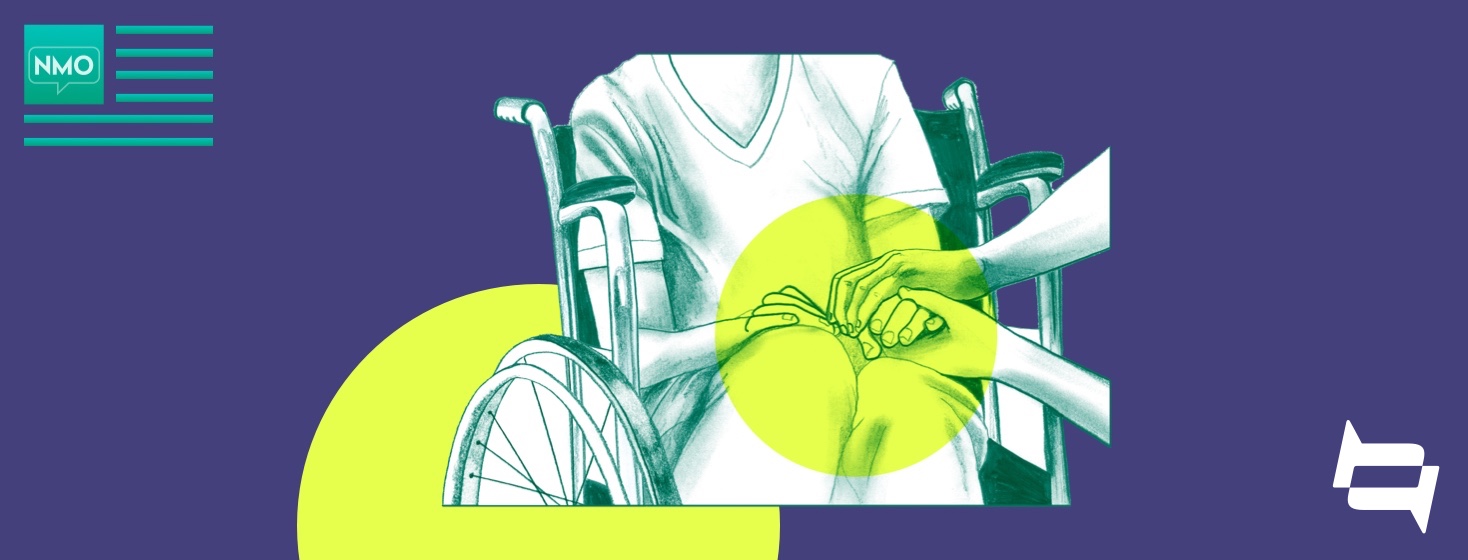PHILADELPHIA — August 15, 2022 — Despite a difficult health journey in terms of diagnosis, symptoms, access to treatments and quality of life, people living with neuromyelitis optica spectrum disorder, or NMOSD, have hope for the future care of their condition, according to a recent survey conducted by Health Union, the leader in social health. The inaugural NMOSD In America survey illuminates the perspectives and experiences of people living with neuromyelitis optica spectrum disorder.
These findings also support and fuel content and engagement for the recent launch of Neuromyelitis-Optica.net, one of Health Union’s 40 condition-specific online health communities.
Neuromyelitis optica spectrum disorder, or NMOSD, is a rare chronic condition, with research suggesting as many as 8,000 people in the U.S. live with the condition. According to the National Organization of Rare Disorders, NMOSD is characterized by inflammation of the optic nerve of the brain and the spinal cord. Often confused in its early stages with multiple sclerosis, NMOSD can have a significant impact on various motor, sensory and autonomic functions, including mild to severe paralysis, loss of bladder and bowel control, pain in the spine or limbs and loss of clear vision.
Obstacles along the NMOSD patient journey often begin with diagnosis. Due to the rare occurrence of NMOSD and the similarity of symptoms with other, more prominent conditions, misdiagnosis is common. In fact, 62% of NMOSD In America survey respondents were misdiagnosed before receiving their official NMOSD diagnosis; of those individuals, 55% were misdiagnosed with multiple sclerosis.
“The road to diagnosis with NMOSD can be a long one,” said Neuromyelitis-Optica.net patient leader Mo Jones. “Stay the course. If you don’t like or are unsure about something that you have been told, question it.”
On average, respondents had experienced eight NMOSD-related symptoms over the previous month, with the most prominent being fatigue, numbness or tingling, muscle weakness, sleep issues, pain and walking/balance/coordination issues. When NMOSD symptoms temporarily intensify or flare-up, they are often referred to as attacks and can lead to significant nervous and motor system damage. Seven in 10 respondents said they had experienced at least one attack over the previous two years.
Access to treatment can also be a significant obstacle. Only a third of respondents said they feel their NMOSD is well-controlled on their current treatment plan, and three in 10 believe cost impacts their ability to seek and receive optimal NMOSD treatment.
These factors likely contribute to only 18% of survey respondents feeling satisfied with their current quality of life. Specifically, 62% agree that NMOSD adds anxiety to their daily life, and 46% say NMOSD has negatively impacted their social life or friend relationships.
Potentially as a result of these factors, survey findings reveal a community that is active and interested in the NMOSD treatment and clinical pipeline. More than four in 10 respondents said they actively seek out information about the latest NMOSD treatments, 52% are interested in information or content around the latest NMOSD research and 56% are interested in participating in NMOSD-related clinical trials.
On a positive note, 61% of respondents said they have hope that modern research will lead to a cure for NMOSD in their lifetime. And many have been able to find solace or ways to cope with aspects of their health journey. For example, a third of respondents said being diagnosed has empowered them to raise awareness of their condition, and nearly six in 10 said being part of an online community of people living with NMOSD has helped them feel less alone.




